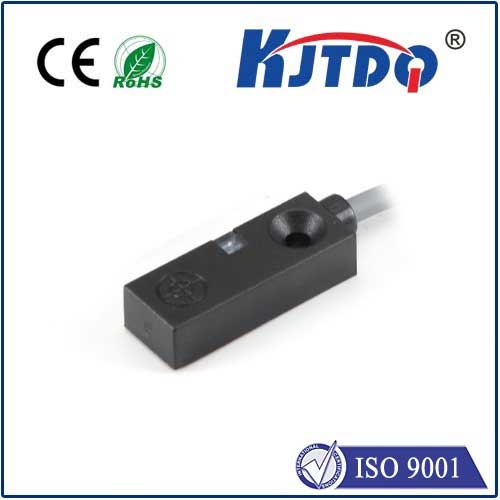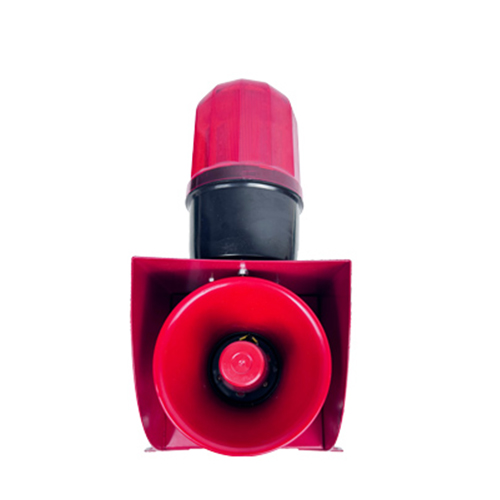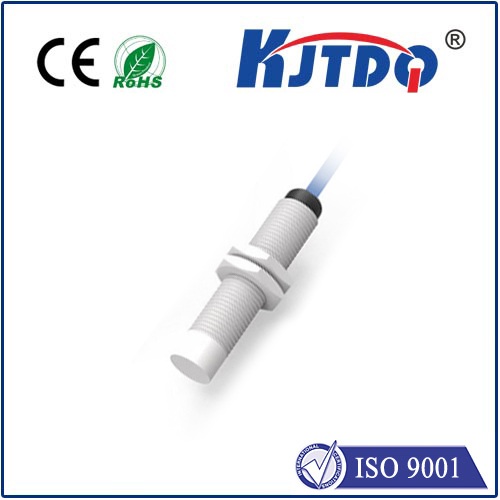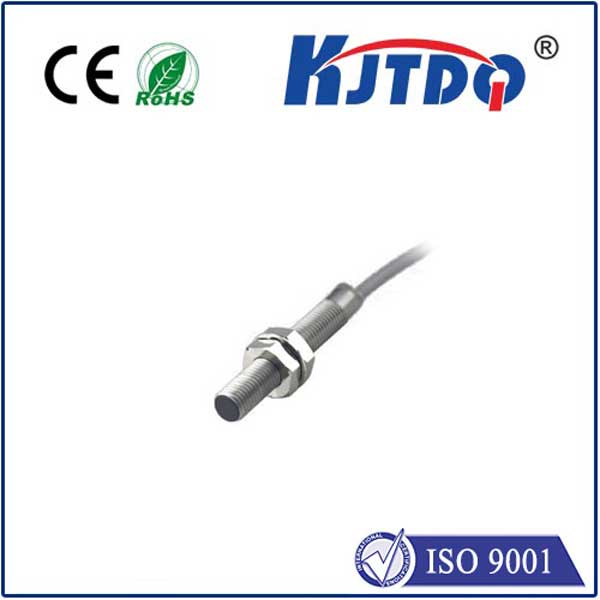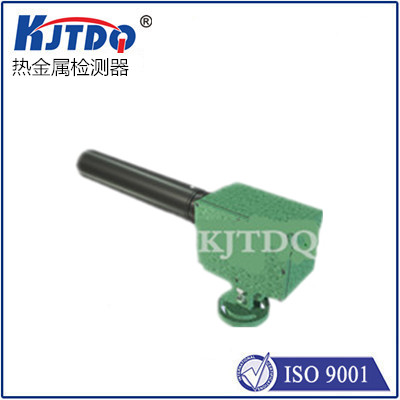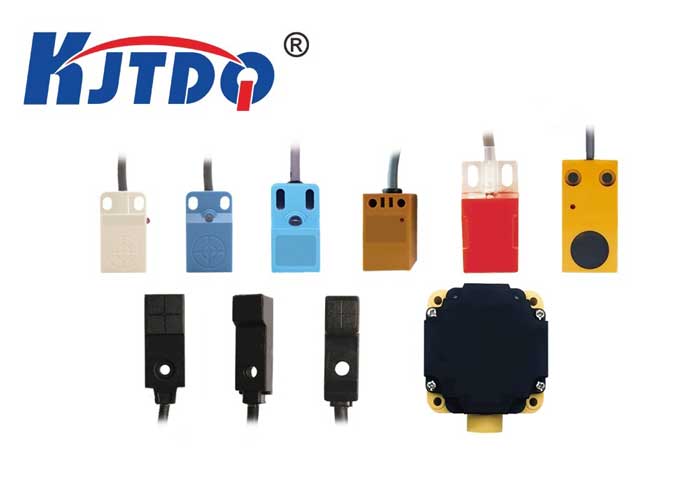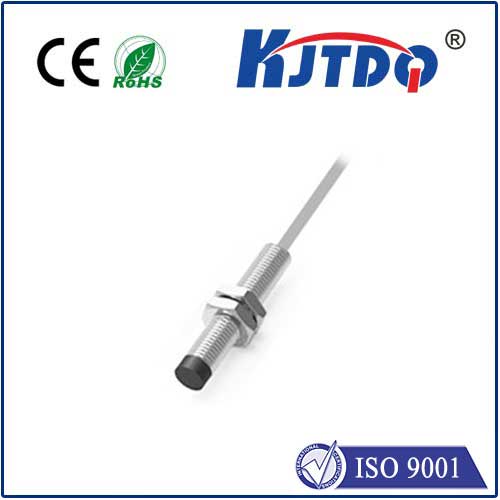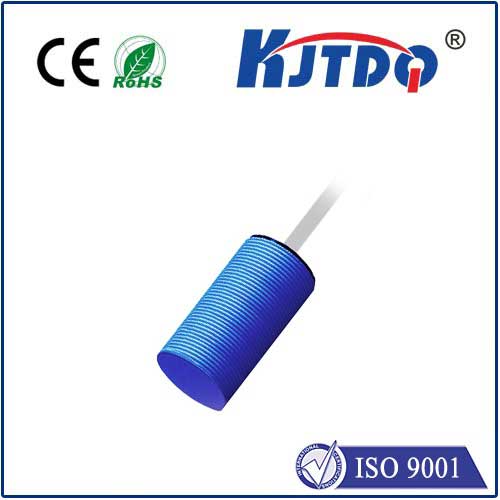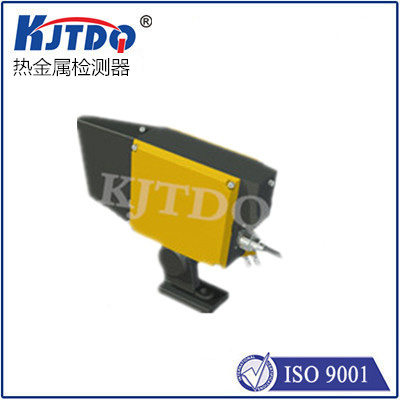liquid temperature sensor
- time:2025-08-21 00:10:52
- Нажмите:0
The Essential Guide to Liquid Temperature Sensors: Precision Measurement for Critical Applications
Imagine maintaining pharmaceutical purity, ensuring food safety, or optimizing energy generation – countless vital processes hinge on knowing the exact temperature of liquids. Liquid temperature sensors are the unsung heroes enabling this critical measurement, forming the backbone of control and safety systems across a dizzying array of industries. Far more than simple thermometers, these sophisticated devices translate thermal energy into precise, reliable data that drives efficiency, ensures quality, and prevents catastrophic failure. Understanding their function, types, and selection criteria is paramount for engineers, technicians, and anyone relying on accurate liquid temperature data.
Understanding the Need: Why Liquid Temperature Matters
Monitoring liquid temperature isn’t a luxury; it’s often a fundamental requirement. Consider these critical scenarios:

- Process Control: Chemical reactions, fermentation, pasteurization, and distillation demand specific temperature ranges. Even slight deviations can ruin batches or decrease yield.
- Safety: Preventing overheating in engines, transformers, or hydraulic systems is essential to avoid fires, pressure build-up, or mechanical breakdowns. Monitoring coolant or lubricant temperature is vital.
- Quality Assurance: In food & beverage and pharmaceuticals, precise temperature control during production and storage is mandatory for safety and efficacy. Regulatory compliance often mandates documented temperature history.
- Энергоэффективность: Optimizing heating and cooling systems in HVAC or industrial processes requires accurate temperature readings to minimize energy waste.
- System Health: Tracking the temperature of lubricating oils or hydraulic fluids provides early warnings for potential equipment wear or failure.
The Core Technology: How Liquid Temperature Sensors Work
At their heart, liquid temperature sensors rely on a fundamental principle: temperature changes cause predictable changes in a material’s physical properties. Sensors convert these changes into measurable electrical signals (like resistance or voltage) that correlate directly to temperature. Key sensor types include:
- RTDs (Resistance Temperature Detectors): Known for high accuracy and stability, RTDs use pure metals (like platinum, such as the PT100 or PT1000) where resistance increases linearly with temperature. They are ideal for applications demanding precision.
- Thermocouples: These sensors generate a small voltage proportional to the temperature difference between two different metal junctions (one at the measured point, one at a reference). They are robust, cover wide temperature ranges, and offer fast response times, making them suitable for harsh environments.
- Thermistors: Typically made from ceramic semiconductors, thermistors exhibit a large, non-linear change in resistance with temperature. Negative Temperature Coefficient (NTC) types decrease resistance as temperature rises and are highly sensitive for narrow ranges. Positive Temperature Coefficient (PTC) types increase resistance and are often used for over-temperature protection.
- Infrared (Non-Contact): While direct immersion sensors are most common, non-contact infrared sensors can measure surface temperature of liquids in tanks or flowing through pipes without physical contact, useful for hazardous or moving liquids where immersion isn’t feasible.
Comparison of Common Liquid Temperature Sensor Technologies
| Особенности |
RTD |
Thermocouple |
NTC Thermistor |
Infrared |
| Точность |
Very High |
Good to Very Good |
Good (in range) |
Moderate (Surface) |
| Range (°C) |
-200 to +850 |
-200 to +2300 |
-100 to +300 |
-50 to +3000+ |
| Stability |
Excellent |
Good |
Good |
Good |
| Время отклика |
Moderate |
Very Fast |
Fast |
Instant (Surface) |
| Cost |
Moderate to High |
Low to Moderate |
Low |
Moderate to High |
| Key Strength |
Precision, Linearity |
Wide Range, Rugged |
Высокая чувствительность |
Non-Contact |
Crucial Considerations for Sensor Selection
Choosing the right liquid temperature sensor goes beyond simply picking a technology. Several critical factors must be evaluated:
- Compatibility: The sensor’s wetted materials (parts contacting the liquid) must be compatible. Consider chemical resistance to acids, bases, solvents, or oxidizing agents. Material corrosion or degradation can lead to contamination and sensor failure. Common materials include stainless steel (304, 316), Inconel, Hastelloy, ceramics, and specific plastics (like PFA or PTFE).
- Temperature Range: Ensure the sensor’s specified operating range comfortably exceeds the liquid’s actual temperature, including potential spikes or transients. Accuracy often degrades at the extremes of a sensor’s range.
- Accuracy and Stability: How critical is the measurement? RTDs offer the best long-term stability and accuracy. Thermocouples may drift over time. Define the required tolerance (±0.1°C, ±1°C, etc.).
- Response Time: How quickly does the sensor need to detect temperature changes? Thin-film RTDs and thermistors generally respond faster than bulky, sheathed RTDs or thermocouples. Sensor placement also affects this. Required response time is a key driver in sensor and probe design.
- Environmental Conditions: Consider pressure (high-pressure applications require specific probe designs), vibration (which can damage wires or elements), ambient temperature (affecting signal conditioning electronics), and potential for moisture ingress (requiring high IP ratings).
- Output and Integration: Choose an output signal that integrates with your control system – common options include analog (4-20mA, 0-10V) or digital protocols (Modbus, HART, etc.). Also, consider the physical connection type (threaded process connection, flanged, sanitary Tri-Clamp, etc.).
Installation and Maintenance: Ensuring Long-Term Accuracy
Proper installation is critical for reliable liquid temperature measurement. Key practices include:
- Immersion Depth: Ensure sufficient immersion depth for the sensor element to be fully surrounded by the liquid, avoiding errors caused by stem conduction into the process connection. A minimum immersion depth of 10 times the probe diameter is a common rule of thumb.
- Location: Place the sensor where it accurately represents the process temperature, avoiding dead zones, near heating/cooling inlets, or spots prone to vapor or air pockets in flowing systems. Consider flow dynamics.
- Calibration: Regular calibration against a traceable standard is essential to maintain sensor accuracy over time. Frequency depends on the criticality of the measurement and sensor stability. Establishing a documented calibration schedule is a hallmark of robust quality systems.
- Protection: Use thermowells where possible. These protective sleeves shield the sensor from pressure, flow, corrosion, and allow for removal without draining the system, simplifying maintenance and calibration checks. Ensure the thermowell material and design are suitable for the process.
From ensuring the vaccine vial in your hand was stored safely to guaranteeing the jet powering your flight doesn’t overheat, liquid temperature sensors perform a vital, often invisible function. Their diverse technologies – the stable precision of RTDs, the rugged versatility of thermocouples, the high sensitivity of thermistors – provide tailored solutions for every conceivable application involving liquid thermal measurement. By carefully considering factors like compatibility, range, accuracy needs, and installation requirements, engineers and technicians leverage these sensors to achieve reliable process control, enhanced safety, superior product quality, and optimized energy use. As industrial processes grow more complex and regulatory demands stricter, the role of these fundamental monitoring devices only becomes more indispensable. Selecting, installing, and maintaining the right sensor isn’t just an engineering task; it’s a critical investment in operational success and safety.

